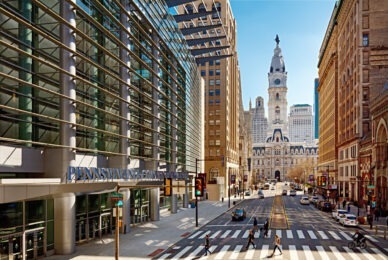Entertainment not only provides an enjoyable interlude, but also can have a positive impact on the overall success of meetings and events by stimulating and inspiring attendees. A great variety of entertainment options are available, and it’s important for planners to pick those that best suit participants.
The group’s size, age range, gender makeup and tastes are among the things that need to be carefully taken into account as planners work to keep costs within the allotted budget.
First, it’s important to determine what attendees want. Millennials and baby boomers, for instance, have some different tastes, although they overlap somewhat. Jeremy Driesen, president of Ray Bloch Productions in New York City, finds that younger people like many older musical artists, but older crowds don’t necessarily like younger acts.
On the other hand, he says that people generally prefer the music they liked when they were 15 to 25 years old, so planners should figure out the average age of their attendees and book accordingly. If the age range is very large and mixed, it’s sometimes helpful to arrange for two performers to make everyone happy.
Major stars sometimes perform at large gatherings, but they almost invariably are very expensive. Planners with smaller budgets can often find similar, less expensive performers. One option is to hire tribute bands, many of which are very talented—some of them, such as Hollywood U2, have developed quite a following. Another is to seek out highly talented local artists that are under the radar.
Many other types of entertainment are relatively inexpensive, and can be included in gatherings of any size. Interactive acts such as magicians, handwriting analysts and sketch artists almost always liven up an event.
A recent trend is functional entertainment, in which people entertain while doing regular jobs (stilted servers and wine bicyclists, for example). Especially at crowded gatherings, this kind of entertainment often is preferable to those types that serve no practical function and require fixed attention.




